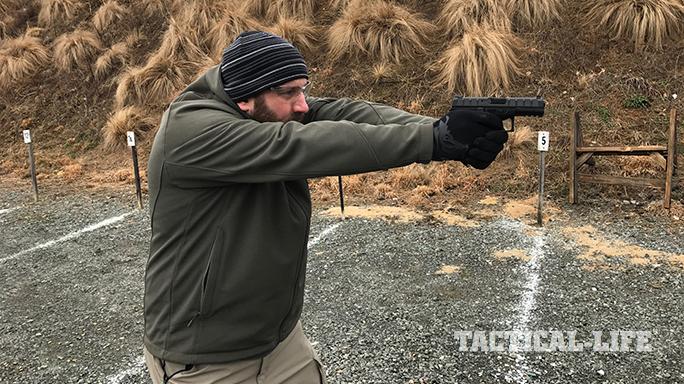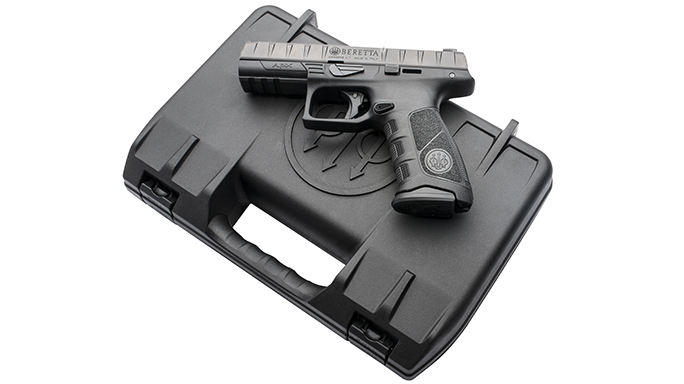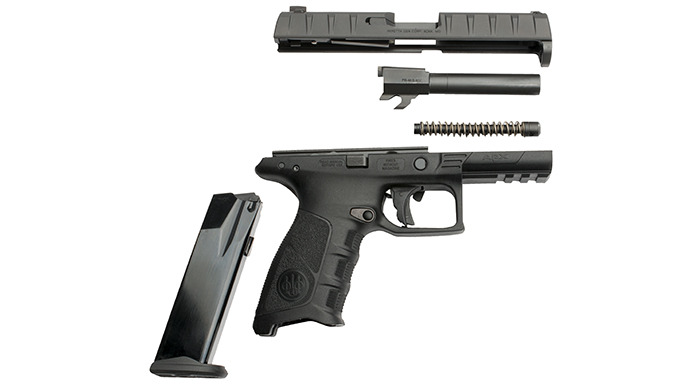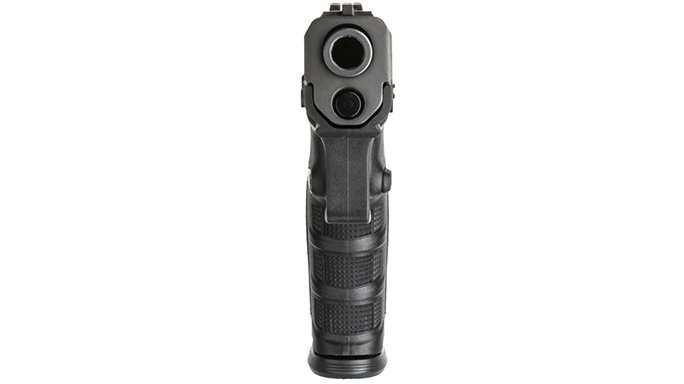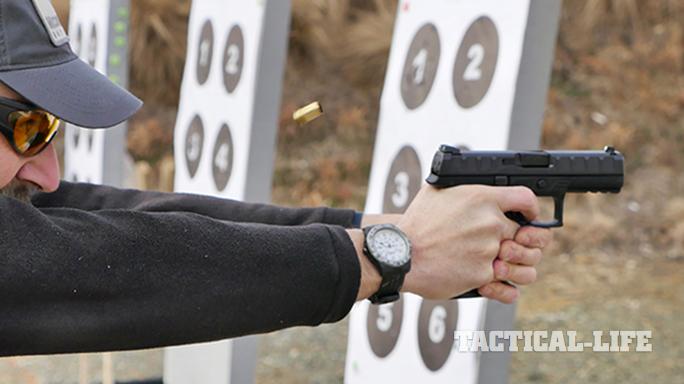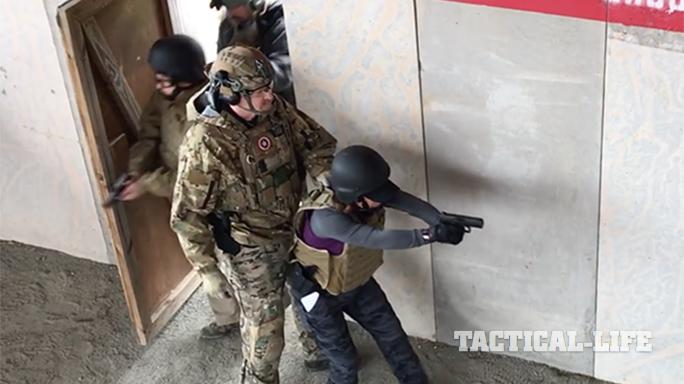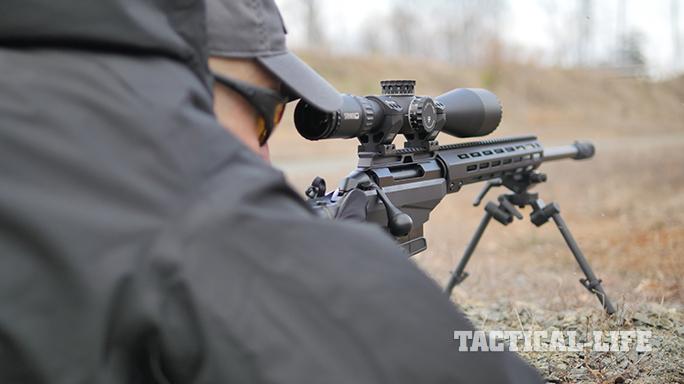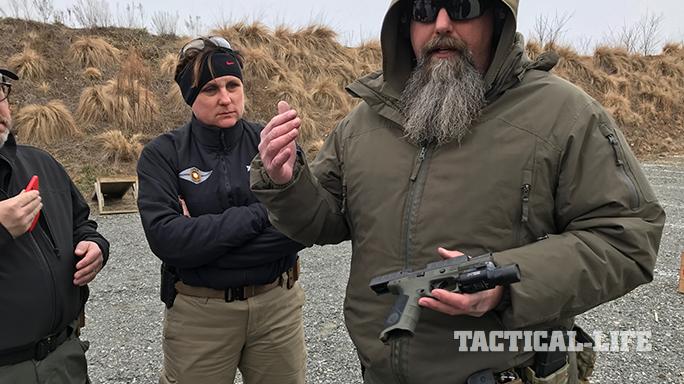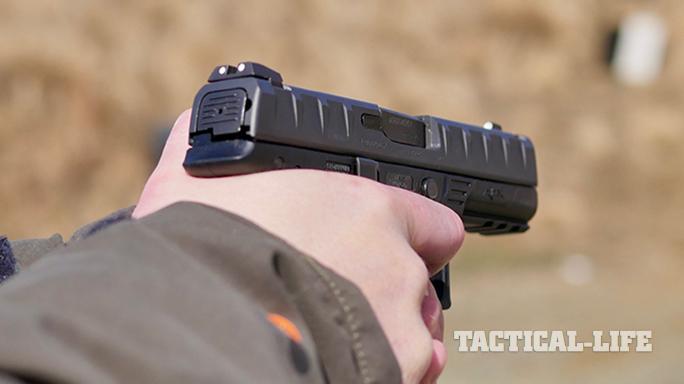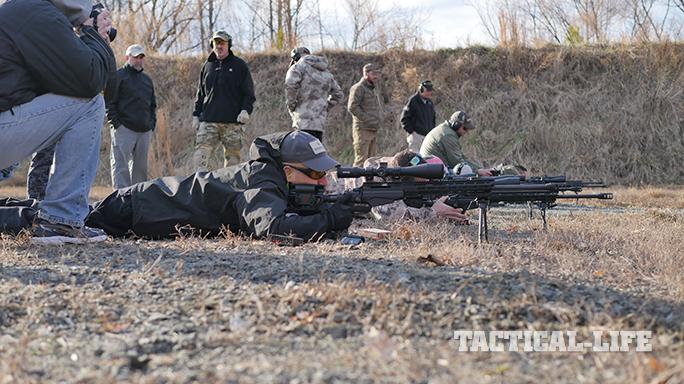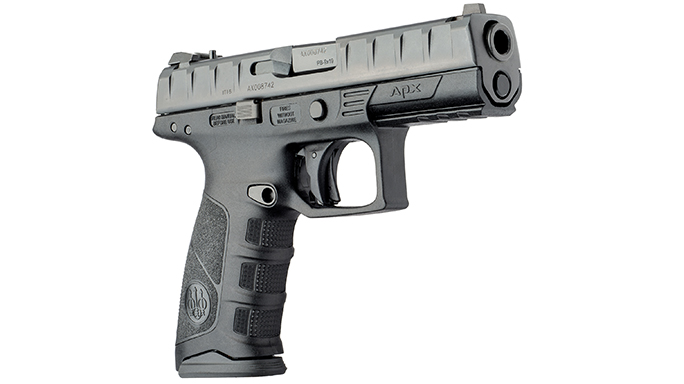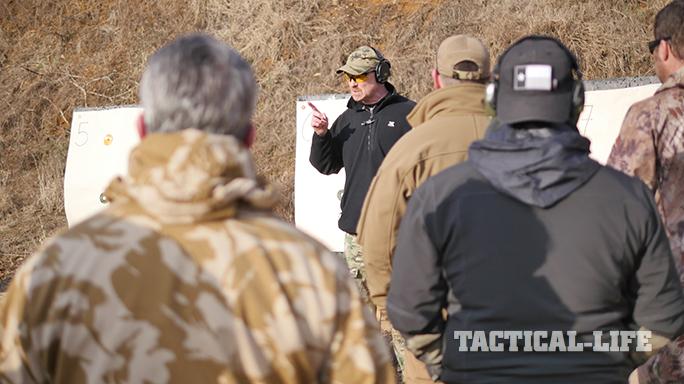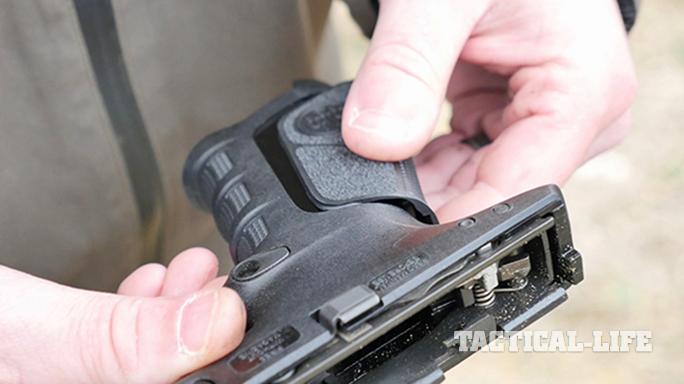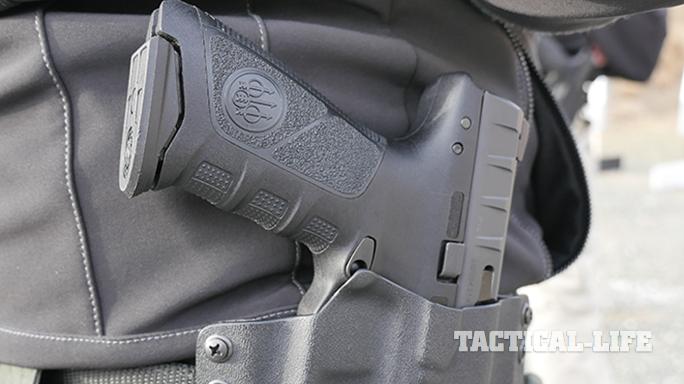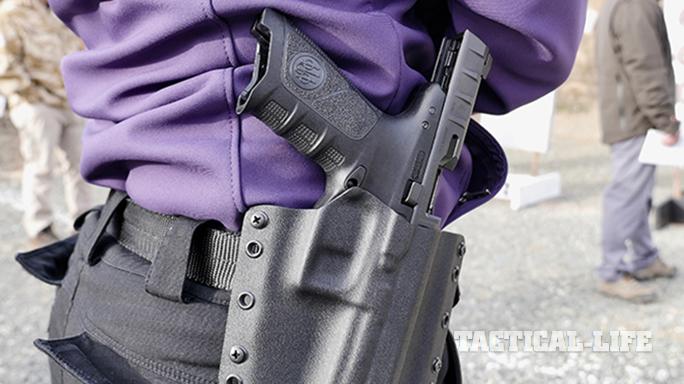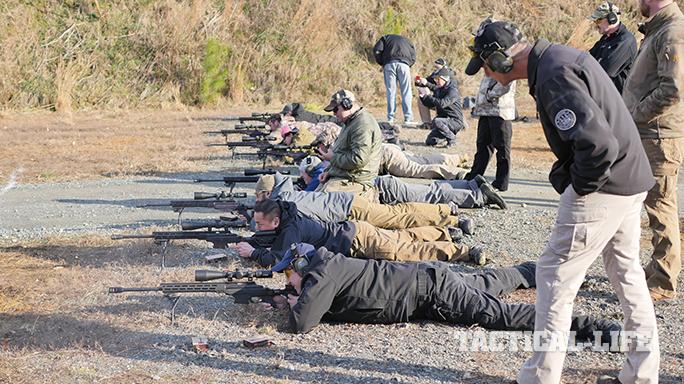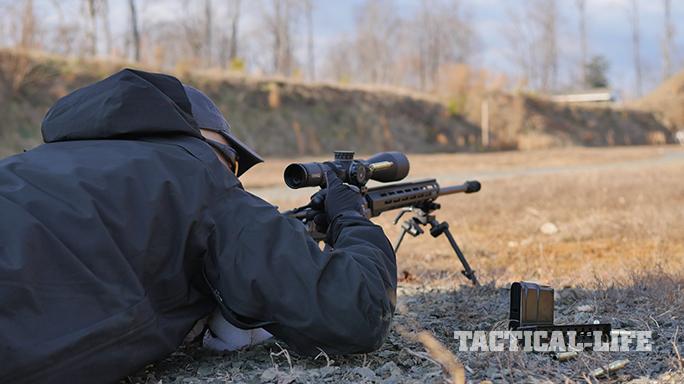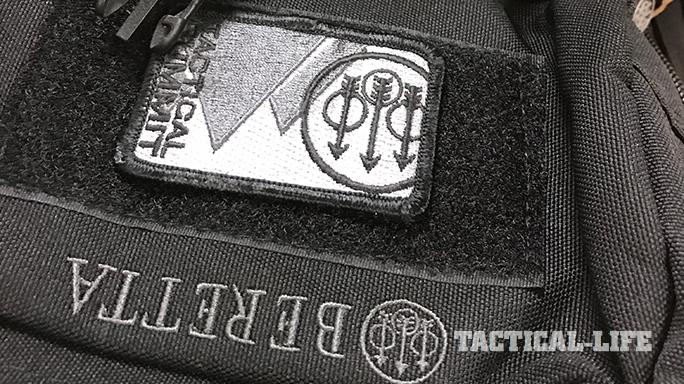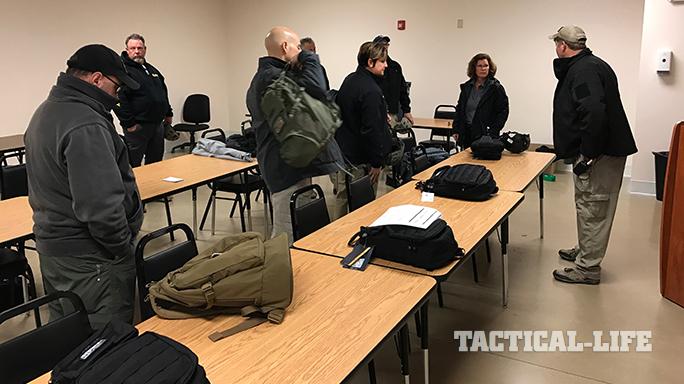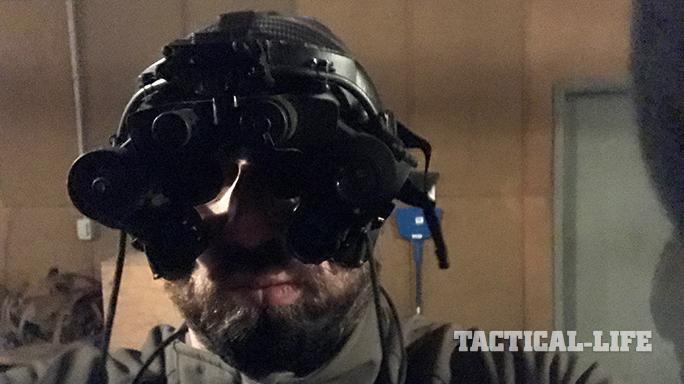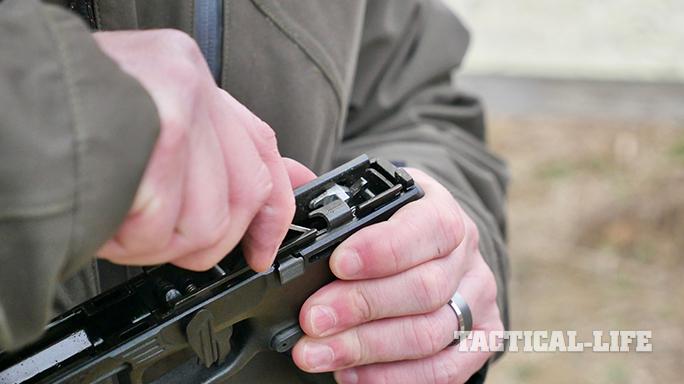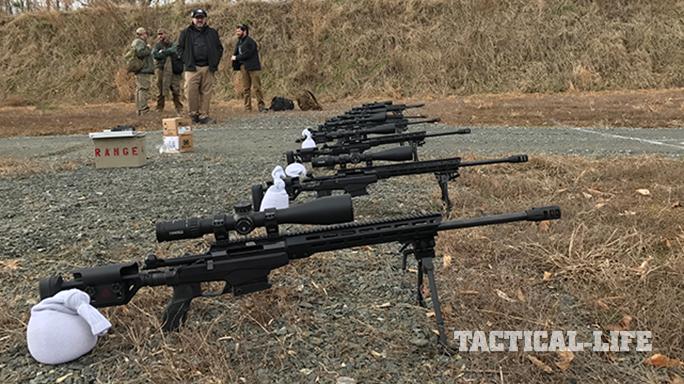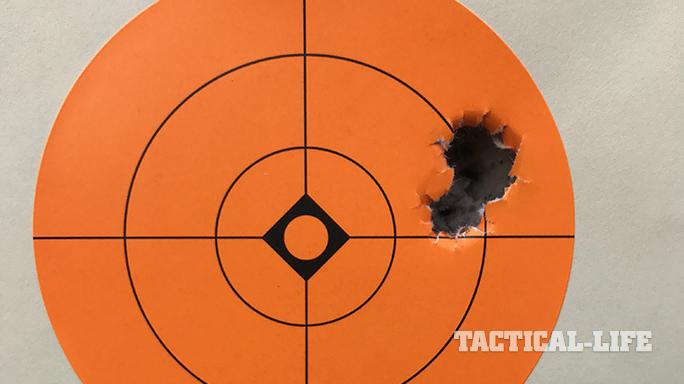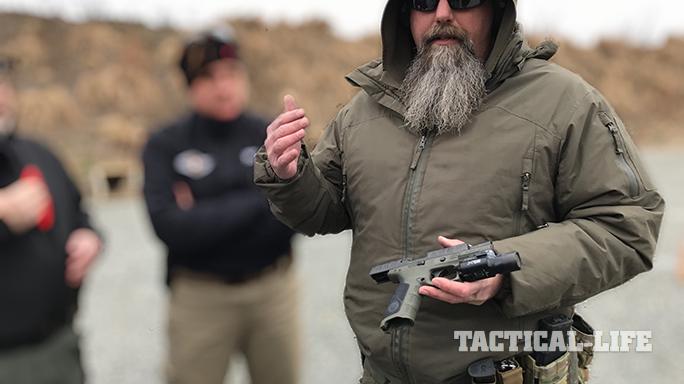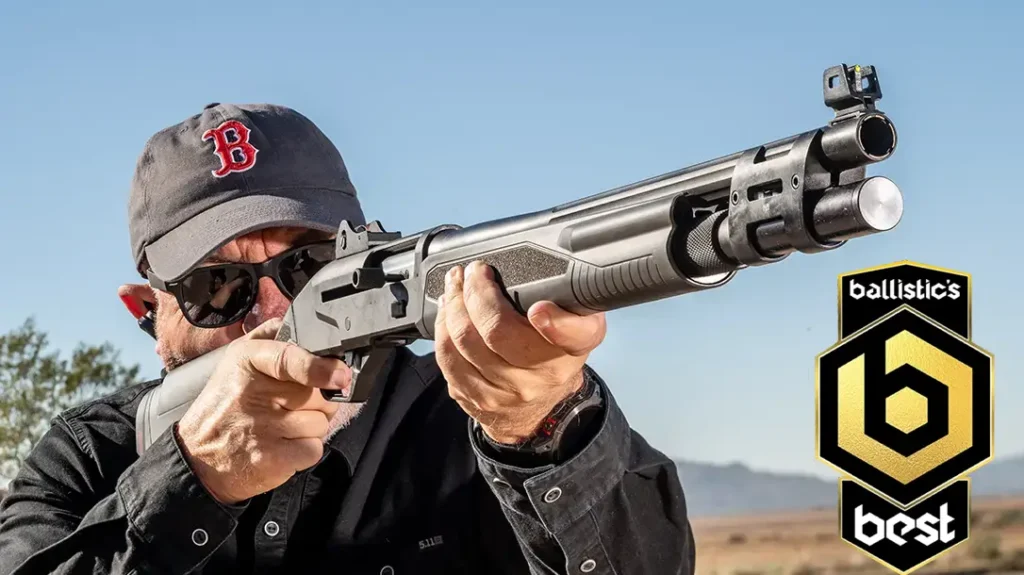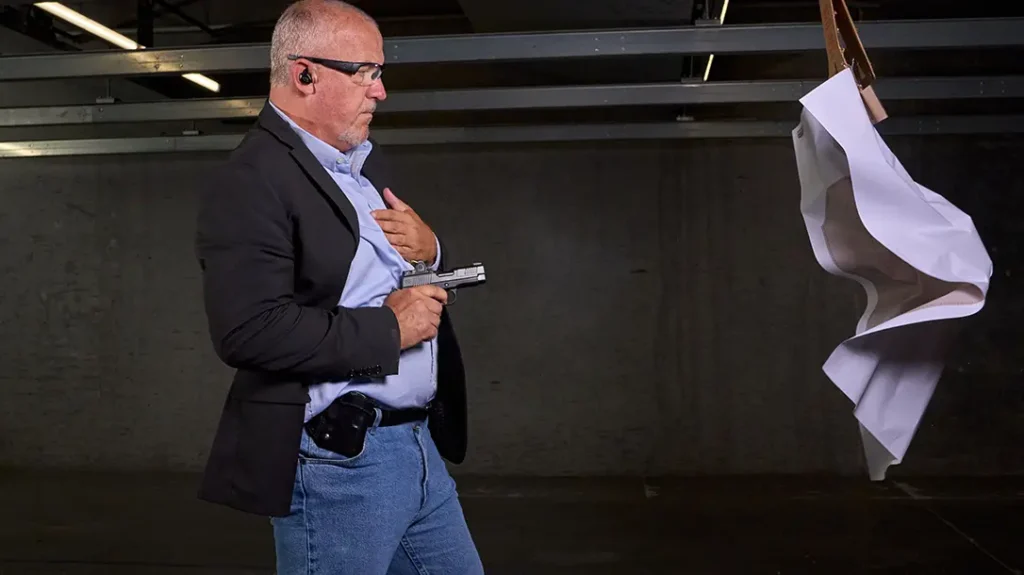When it comes to marketing a product, the typical approach is to focus on the features and benefits of the product. It isn’t a surprising angle. The physical performance features of a product are easy to quantify and communicate. As a result, the design and manufacturing process is often driven by this marketing focus. When it comes to the latest kitchen appliance or a child’s toy, I’m good with that approach. But when we’re dealing with the design and manufacturing of a defensive handgun, I say, “No thanks!” And based on my recent experience at the Beretta Tactical Summit 2.0, it’s easy to see that Beretta and I are on the same page.
Beyond Ordinary

The Beretta Tactical Summit 2.0 took place in mid-February of 2017 at the O’Gara Training Facility in Montross, Virginia. The Summit brought together a dozen gun writers with key staff from Beretta. The goal was to explore the Beretta brand, the new Beretta APX pistol and the recently released Tikka T3x TAC A1 bolt-action rifle.
The folks at Beretta were kind enough to take care of everything we needed for the 2.5-day conference. Beretta exceeded our needs from travel and lodging to food and drinks. On the range, our host provided firearms and ammo along with Raven Concealment Systems holsters and magazine pouches for the Beretta APX.
Advertisement — Continue Reading Below
- RELATED STORY: Beretta M9A3 – A Battle-Enhanced 9mm Pistol
Beretta capitalized on the opportunity to showcase itself and its products in the best light with a high-end event. There was something different about this event, however. Beretta didn’t just highlight the features and benefits of its new APX. Instead, the Summit was an educational event at its heart. This is quite a long play compared to a typical marketing event. But for Beretta, a long play makes sense. After all, this is a company with a 500-year history.
In general, the good folks that write about guns for the Internet and publications are gun enthusiasts. It is certainly a good thing to have a healthy enthusiasm for the topics you write about. At times, however, a subject might require expertise that goes beyond enthusiasm.
I personally have an extensive amount of defensive handgun training under my belt, and I’m a professional defensive handgun instructor. I’m not a patrol officer, a SWAT team member or a member of the military. Yet the APX was designed for the people that fill these roles. (In case you’re wondering, APX stands for “Adaptable Pistol,” with the “X” denoting its multi-caliber status.) So, to understand why the Beretta APX is built the way it is, I needed to understand the role it plays in the demanding and complex situations that these people and their gear face.
Advertisement — Continue Reading Below
You see, it would have been easy to point out the aggressive serrations that cover the APX’s slide from front to rear and describe why they are important to operators. Instead, Beretta hired John Chapman and his crew from EAG Tactical to force us into scenarios where we experienced it. Three separate range evolutions took us writers into an environment where the APX and its simple operability became apparent.
When I spoke with Beretta’s John Tamborino about his goals for the Beretta Tactical Summit, he summed it up succinctly: “We designed the Beretta APX to solve problems. Real problems that professionals experience in the field. Our goal was for journalists to understand why we designed the Beretta APX the way we did. For that to happen, they need to experience the challenges that the APX helps the pros overcome.”
This is where “Chappy” came into play. John Chapman headed the handgun training. He is the brand ambassador for the Beretta APX and one of the principals involved in EAG Tactical. Chappy also makes a living in the gun industry as the CEO of Raven Concealment Systems and works as the SRT team leader for the Alliance, Ohio, Police Department. In short, he immediately conveys that he has an understanding of real-world problems. He and his team were kind enough to share their experiences.
Advertisement — Continue Reading Below
Running The Beretta APX

Our first range session was a half day of running the gun in realistic tactical drills that demanded the type of speed and precision that the Beretta APX was designed to deliver. We worked targets from close range and out to 15 yards, and got acquainted with the gun and its flat 6-pound trigger. We had time to reload with the teardrop-shaped magazine release and settle into the modular frame and interchangeable backstraps. I made the switch to a small backstrap insert early in the day, and it significantly improved my ability to work the trigger.
At night, we hit the range for more time with the APX for low-light classes. Working the gun with a handheld light emphasized the task that a patrol officer routinely faces when operating a handgun and a handheld light simultaneously, and it demonstrated the ease with which the APX can be operated with and without light. After an introduction to the Steiner AN/PVS-21 low-profile night-vision goggles (NVGs), we learned why an efficient pistol matters to those who run NVGs.
Finally, we spent a chunk of time with the APX in the shoothouse. When most of us go shooting, we exert our mental effort on the shooting. Those who run guns for a living understand that thinking about working your gun is a luxury. In a three-dimensional world, there are many complex problems that need your mental horsepower. Chappy and his crew maintained a high level of safety, but it was eye-opening watching shooters stack their errors like cordwood in the shoothouse. Throughout all of the training, regardless of the situation, the APX never missed a beat. Beretta could have told us this. Instead, the company showed us.
Advertisement — Continue Reading Below
The pistol training encompassed around 10 hours, with eight of those in the cold, wearing heavy clothing and gloves. In the dark, with night vision, a handheld light and a team, the APX’s design parameters became pretty obvious. The pistol was ergonomic, efficient and reliable. It simply ran and let me put my mind to solving the problems that the instructors laid before us.
Beretta Believe It

Judging the success of the Beretta APX is something that will happen years from now. As of today, the gun appears to be a serious contender. Why? Its efficient design, modular format and performance-driven features. After the Beretta Tactical Summit 2.0, I am left wondering less about the success of the Beretta APX. It seems a given. I’m more interested in what Beretta will be unveiling in the future. Don’t get me wrong—the APX seems to be an impressive pistol. But it’s also just the tip of the iceberg. What lies underneath is likely to be even more impressive. A stream of input from end-users, product ambassadors that understand how to use the tool, marketing staff that value education and product managers with a desire to understand what “tactical” means will result in quality products.
- RELATED STORY: Gun Review – Beretta’s Rare 92S 9mm Pistol
Remember the long play? That is where Beretta is making a difference. Its renewed focus on the tactical market and a commitment to developing products the right way is a good start. Coupling this with a passion for education only helps to set Beretta further apart. The result is high-quality, purpose-driven products coming to market.
Advertisement — Continue Reading Below
When Chappy and I chatted, he said, “Gunfights are won with heart—it goes deeper than dealing with evil violence.” We talked in depth about the idea that the gun is only 10 percent of the gunfight. It is a philosophy that I agree with. Beretta gets it, too.
The APX is a solid performer, but the gun is only going to be 10 percent of the fight for Beretta. The rest of the win is going to come from Beretta’s core—focusing on end-users, educating the industry and developing a fluid corporate culture. The Tactical Summit was a great start, and I personally can’t wait to see where the company goes from here.
For more information, visit beretta.com.
Advertisement — Continue Reading Below
This article was originally published in “Combat Handguns” July/August 2017. To order a copy, visit outdoorgroupstore.com.
